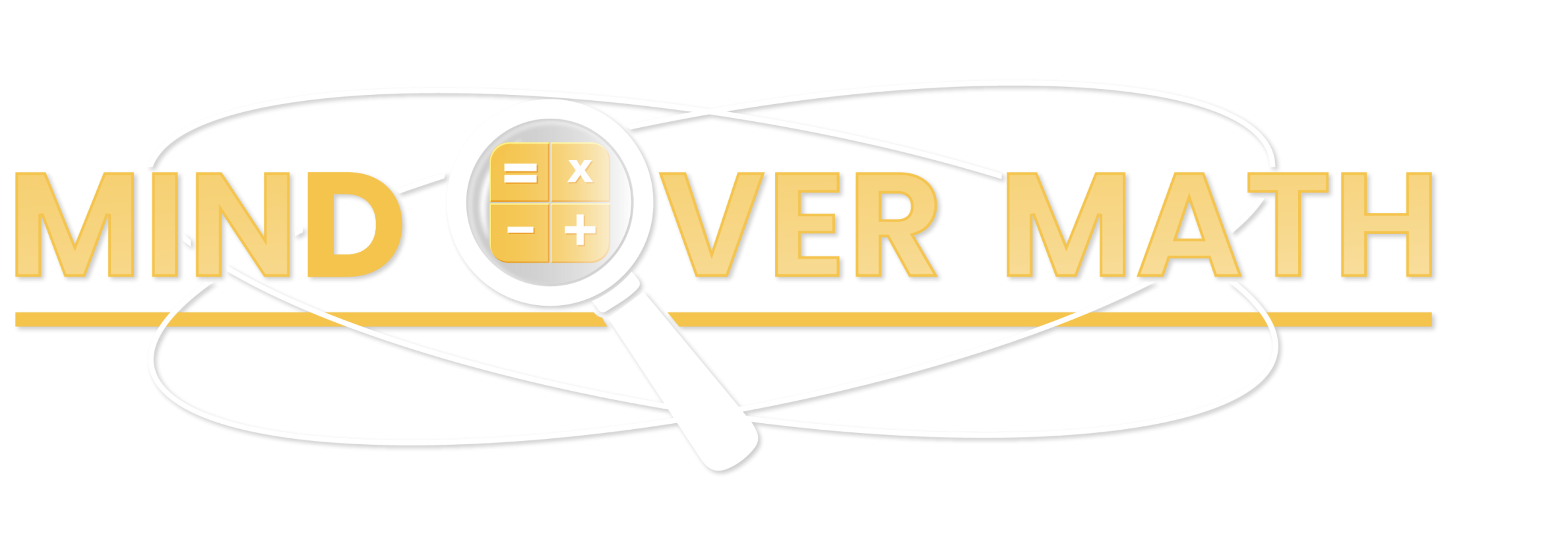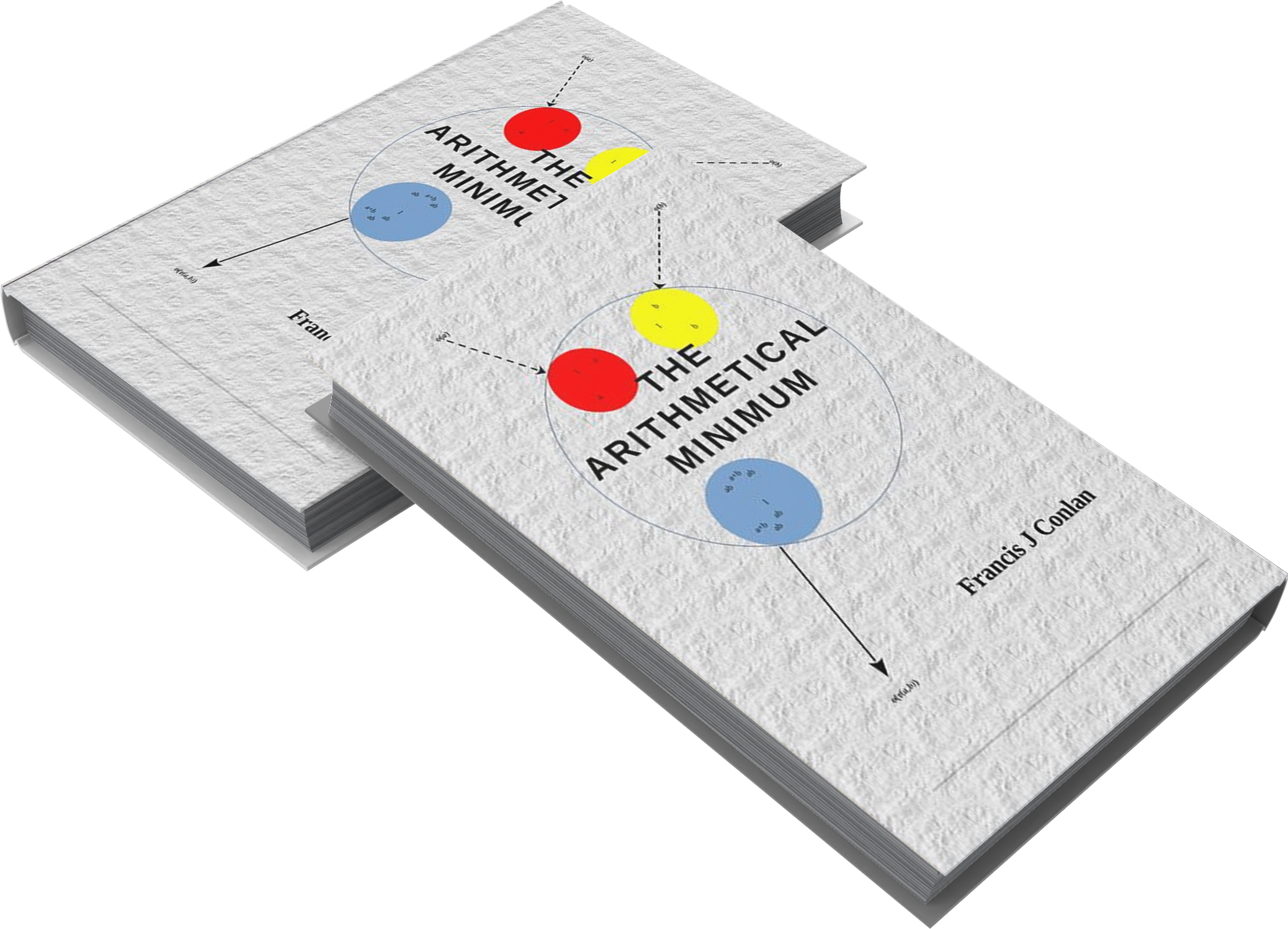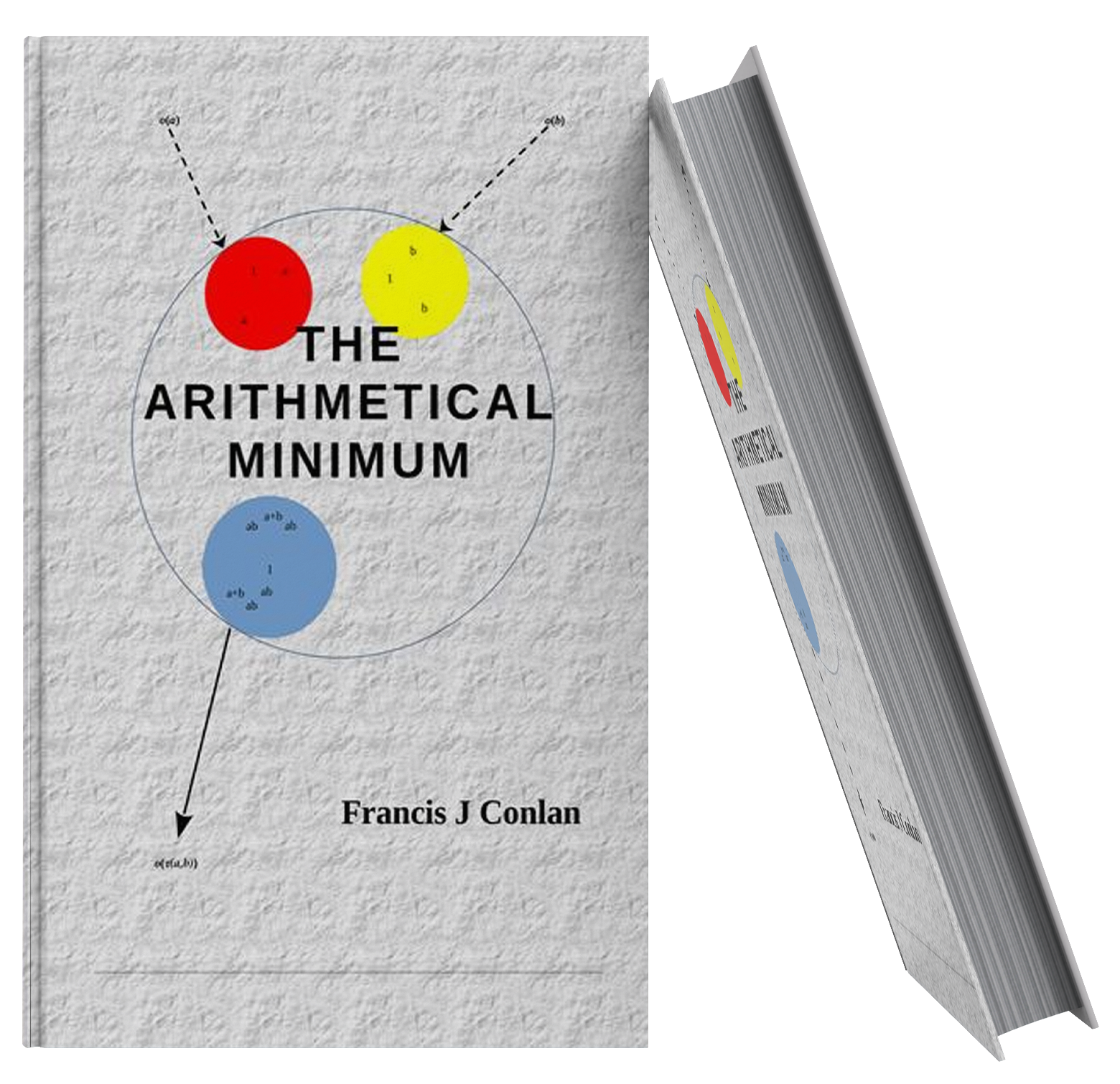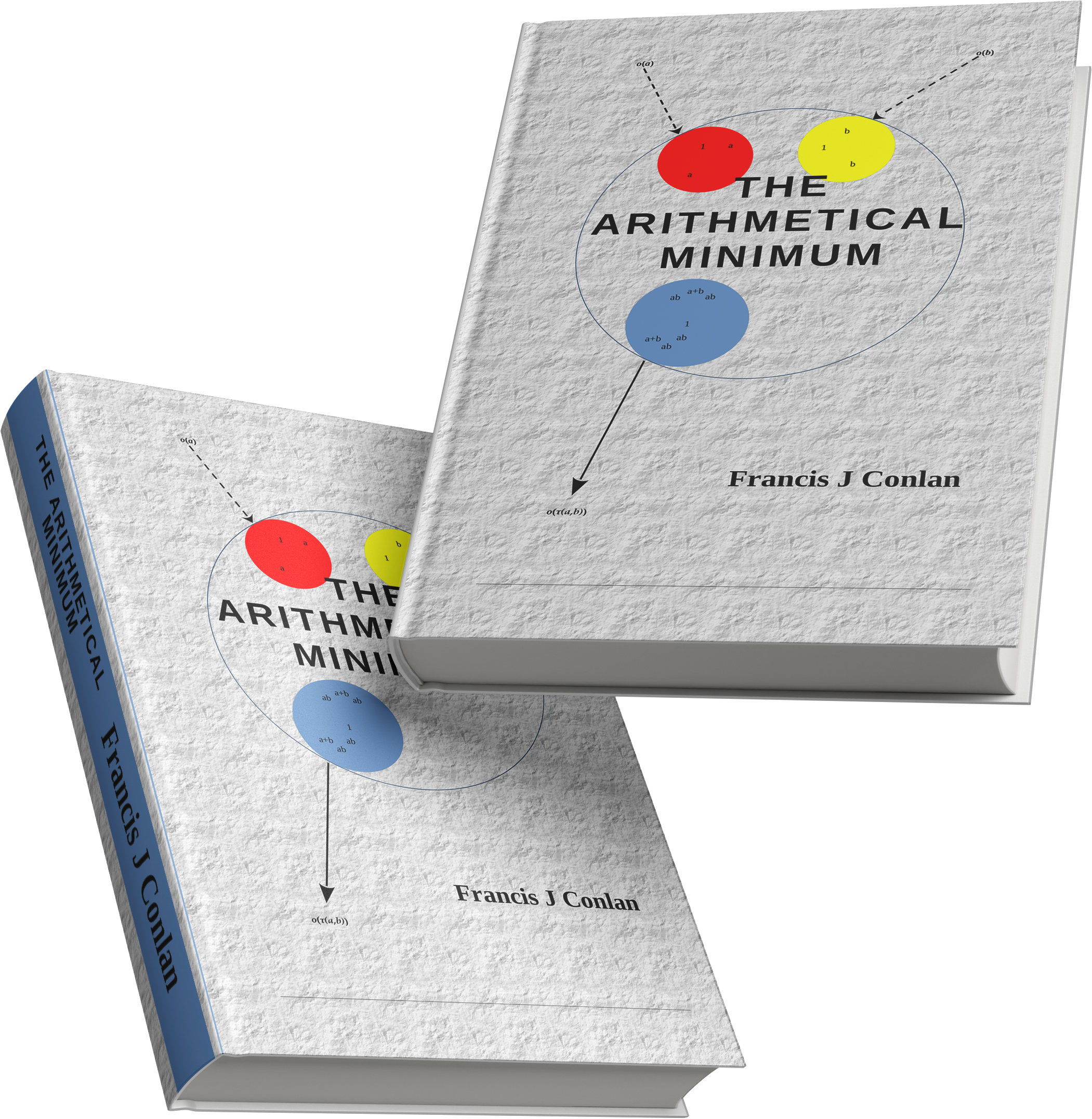About the Author
The Mind Behind The Math!
Francis J. Conlan was born in Bristol, Connecticut. He has a strong academic and professional background, including 11 years of undergraduate study. During this time, he earned several degrees, including a BA in Mathematics, Physics, and Microbiology, as well as BS degrees in Chemistry and Business Finance. He then spent 20 years in graduate studies, earning a PhD in Theoretical Chemistry, an MA in Mathematics, and two MS degrees in Statistics and Applied Mathematics.
From 1988 to 1995, Conlan was an Assistant Professor of Applied Mathematics at Santa Clara University, where he developed and taught courses such as Ordinary Differential Equations,







